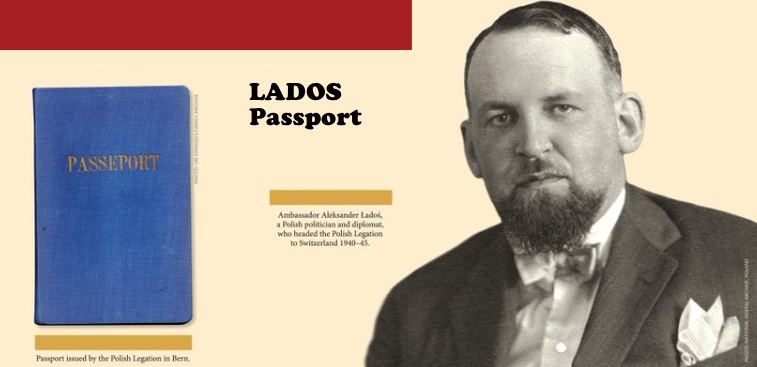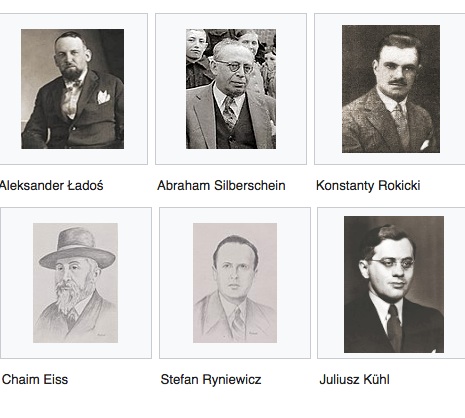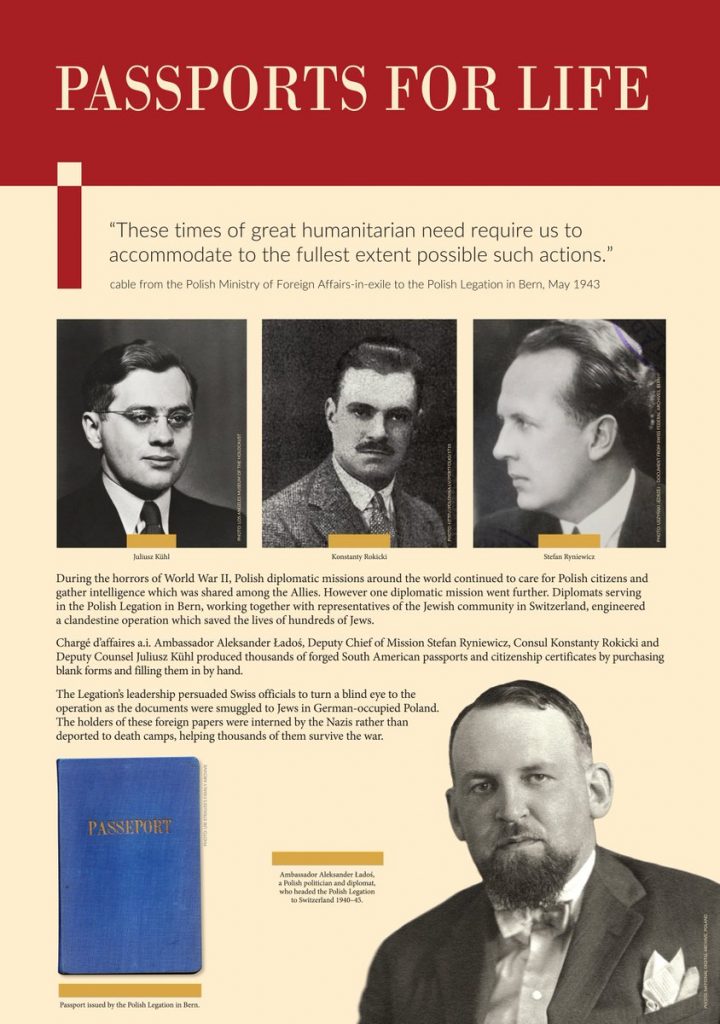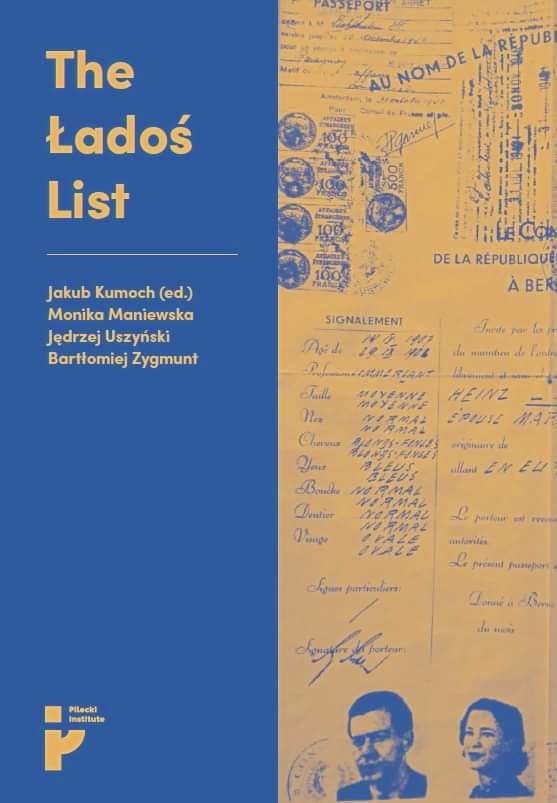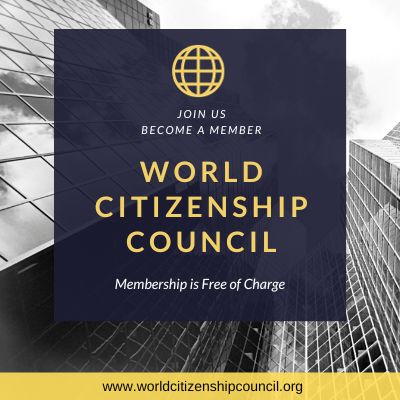by World Passport Museum
Between 1941 and 1945, some six million Jews, around two-thirds of Europe’s Jewish population lost their lives. The largest population of Jews before the Holocaust were in Poland (3m), Russia (2.5m), and Romania (approx 1m).
How many lives can you possibly save risking your life?
Oskar Schindler saved more than a thousand mostly Polish-Jewish refugees from the Holocaust by employing them in his factories during World War II. This story inspired Spielberg to direct the movie Schindler’s list.
Schindler is not alone, he may have saved only thousand jews. There is more to this.. These are extraordinary gentlemen with inspiring tales, went on to extreme lengths to save several thousands of lives. It is a story that deserves to be heard.
This story is about a small group of polish wartime diplomats known as “Lados group” saved thousands of jews, issuing protection papers (“Lados passports”), then went down in history becoming heroes!
The Lados group led by Polish diplomats and Jewish activists who during Second World War elaborated a scheme in Bern, Switzerland producing forged Latin American passports to save European Jews from Holocaust. The protection papers issued by Lados Group is often referred as as Lados passports
The Lados group acquired blank passports from latin american consuls of Panama, Peru, Honduras, Haiti and El Salvador. It is estimated they paid between CHF 500 and 2,000 Swiss francs for each blank passport. It is a huge amount of money at time, considering, 500 swiss franc of 1944 today would cost 7 times equivalent of Euro (2015), that is 3500 euros
Passports were issued for Jewish citizens of Poland, the Netherlands, Slovakia and Hungary as well as for Jews deprived of their Germany citizenship. Jews holding passports from neutral countries were considered exempt from Nazi laws that confined Jews to ghettos and mandated that they identify themselves by wearing yellow stars on their clothing. These latin american passports allowed many Jews to flee ahead of the mass exterminations that followed.
You will see below a single Lados passport is used for saving lives of 5 family members (parents with 3 infants). Unlike today, passports were issued to group of people usually family members.
It is estimated 8,000 to 10,000 people received passports in Europe, not only in Poland, and no official numbers are currently known. Many of them were pre-war citizens of Germany and the Netherlands.

The Lados Group
The members of the Ładoś Group were:
- Aleksander Ładoś (1891–1963), Polish Envoy in Bern in the years 1940–1945. Abraham Silberschein (1881–1951), advocate, Zionist activist, pre-war deputy to the Sejm of the Republic of Poland, founder of the rescue committee RELICO.
- Konstanty Rokicki (1899–1958), Polish consul in Bern in 1939–1945.
- Chaim Yisroel Eiss (1876–1943), a merchant born in Ustrzyki, leading figure of Agudat Israel residing in Zurich.
- Stefan Ryniewicz (1903–1987), counselor of the Polish Legation in the years 1938–1945, Aleksander Ładoś’ deputy
- Juliusz Kühl (1913–1985), attaché of the Polish Legation, expert on contacts with Jewish diaspora in Switzerland.
Each member of the group played a key role in the Lados operation.
- Aleksander Ładoś and Stefan Ryniewicz provided diplomatic cover-up and prevent Swiss authorities from breaking up the operation.
- Silberschein, Eiss and Schwarzbaum dealt with smuggling of passports, photos and personal data between Bern and German-occupied Europe, and provided a significant part of the financing of the operation.
- Rokicki and his subordinate, Jewish diplomat Juliusz Kühl between 1941 and 1943, produced several thousands of illegal Paraguayan passports which served as protection documents for Jews stranded in the Nazi ghettos in German-occupied Poland
- Juliusz Kühl facilitated contacts between Jewish organizations and the Legation.
The idea of producing false passports was invented at the eve of 1940. The production of Lados passports on a mass scale begun in 1942, after Wannsee Conference, when the mass murder of European Jews was decided. The passport-smuggling operation began in October, 1941. The first rescue was accomplished by Eli Sturnbuch, a Polish Jew living in Switzerland who purchased a blank Paraguayan passport in Bern and filled it in with the details of his fiancée, Guta Eisenzweig, who was trapped in the Warsaw Ghetto. When that effort succeeded, Switzerland’s Jewish community realized they might be able to save far more people. Mr. Kuhl and his network began buying dozens, then hundreds, of blank Paraguayan passports from the co-operative Paraguayan consul in Bern.
The Lados operation went undetected for 2 years. The sheer number of Latin American passport holders in occupied Poland eventually raised suspicions. As Swiss police moved to shut down Mr. Kuhl’s passport ring in the fall of 1943
In January 1944 Silberschein reported that thanks to the action about 10,000 people were saved from being sent to German extermination camps. Nearly half of the passports and citizenship certificates were forged by Ładoś’s vice-consul, Konstanty Rokicki, with the help of his deputy, Stefan Ryniewicz, and a Jewish employee of the embassy, Juliusz Kühl. The operation was made by possible through close and loyal cooperation between the Polish Legation, the World Jewish Congress and Agudath Yisrael (who funded the efforts), under the direct protection of Ładoś, and with the support of the Government of Poland and private individuals.
The list of Jews who were saved by the Ładoś Group includes several heroes of the 1943 Warsaw Ghetto Uprising, including Zivia Lubetkin and Yitzchak Zuckerman, as well as leaders of the Jewish resistance from Slovakia, France, and Italy. Among the thousands of survivors were also Mirjam Finkelstein, mother of British politician and associate editor of The Times, Lord Daniel Finkelstein, who recounted his family’s story during the English premiere in London, as well as the best friend of Anne Frank, Hannah “Hanneli” Goslar.
Later days
Alexander Lados came back to Poland in July 1960 being already seriously ill. Ładoś died in Warsaw, December 29, 1963 and was buried at Powązki Cemetery.
Julius Kuhl arrived in Toronto shortly after the Second World War with his young family. Mr. Kuhl’s death in 1985 made no headlines in Canada or beyond. But documents stored in Switzerland, Jerusalem and Washington – shared exclusively with The Globe and Mail and Dziennik Gazeta Prawna, a Polish newspaper – reveal Mr. Kuhl’s role as a saviour of hundreds, perhaps thousands of fellow Jews during the Holocaust. He should have been one of Canada’s most celebrated citizens, but he has chosen not to tell it and took his secrets to the grave.
Ladoś and Rokicki died in poverty, and Ryniewicz lived in Argentina after the war, running a car wash. None of them became a millionaire, Polish radio reported in 2018.
The Lados List
The Ładoś List with the initiative of Insitute of National Rememberance is now available to public.
The “Ładoś List”, a list of names of 3262 holders of Latin American passports issued to persons of Jewish origin during the Holocaust by the Legation of the Republic of Poland in Switzerland in cooperation with Jewish organizations was presented on 12 December 2019 at the Pilecki Institute in Warsaw.
“The ‘Ładoś List’ is one of the largest Holocaust research projects conducted during recent years. The study was conducted in many archives, including Bad Arolsen, Yad Vashem, Polish AAN and many others”, Pilecki Institute’s director Dr. Wojciech Kozłowski said.
“We estimate, 8-10 thousand people had the papers and 2-3 thousand survived. The list contains over 800 names of survivors. Aleksander Ładoś, wartime Ambassador of Poland to Switzerland, helped rescue over 200 German and Austrian Jews being probably the only diplomat who – out of humanitarian reasons – helped citizens of an enemy country., said Jakob Kumoch, Ambassador for Poland in Bern and editor of Lados list in his twitter post.
Pilecki Institute Director Kozłowski said that although 3,253 names of Jews who received these documents have been confirmed, some 5,000–7,000 are still unknown. “We sincerely hope to receive the help of Jewish communities worldwide to find out the identities of these additional people. We believe that there is no further possibility to identity any other names by archival research. During the last two years the authors have done really very much. Now it’s time for the families of survivors and victims to tell their story,” Kozłowski said.
The Lados list is available at : https://instytutpileckiego.pl/pl/wydarzenia/t?setlang=true
Museums
These are the museums that currently host/exhibit Lados passports, exhibits and other holocaust papers
- Jüdisches Museum der Schweiz in Basel (temporary exhibition)
- Auschwitz-Birkenau (Eiss archive)
- Begin Center Jerusalem
“We are opening Aleksander Ładoś Memory Hall in Berne, March 10”, said Ambassador Jakub in an interview.
About World Passport Museum
The World Passport Museum is a non-profit startup aims to exhibit passports and other identification documents from history. The Museum is planned for opening on or after 2021 in London/Zurich.
We aim to exhibit rare masterpieces identity papers with historical importance in cooperation with other museums and national archives.
We accept contributions or donations to museum from general public.
Please visit https://passportmuseum.org

